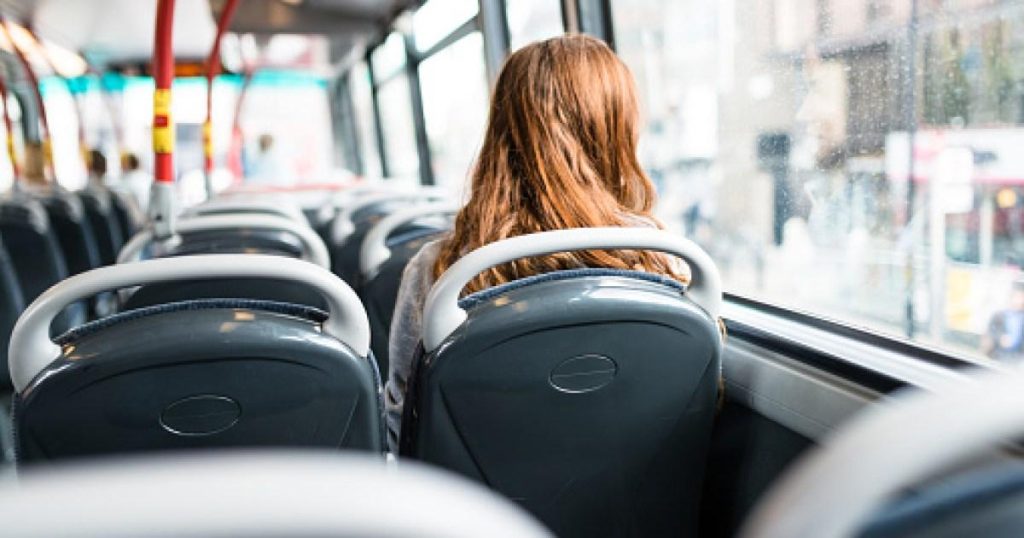A reader shares her experience of confronting a man who verbally harassed her on a bus late at night. The man made comments and implied that she was deaf or rude when she ignored him. Feeling intimidated and upset, she gathered the courage to confront the group of men before getting off at her stop. She calmly told the man that his remarks had made her uncomfortable and that he should accept a woman’s choice not to engage with him. A week later, when she encountered the same group on the bus again, none of them spoke to her until one wished her goodnight in a respectful manner. The reader hopes that her words had an impact on their behavior and that the man who initially harassed her would think twice before making a woman feel uncomfortable again.
The discussion of reclaiming the word “queer” as a label has sparked debate among members of the LGBTQ+ community. Some argue that younger generations may find it easier to embrace the term because they have not experienced the same harm and prejudice associated with it in the past. However, for many older individuals, including gay men who have faced abuse and violence, the word still carries painful connotations. The use of the word “queer” can vary greatly among different groups, with some choosing to reclaim it while others cannot separate it from its historical context of discrimination and violence.
In a debate about public transport, the question of who is responsible for fixing issues within the system arises. While some blame ministers for lacking common sense in addressing problems within public transport, others believe that local control may be the key to a better commute. In London, where public transport remains under the control of the Greater London Authority, there is a relatively efficient system in place. The government is working on legislation to transfer control of public transport back to local authorities, which may lead to more effective management and improvements in the future.
The frustrations of using self-service checkouts are highlighted by a reader who observes that many people wait to be directed to an available till rather than moving to one on their own. Despite multiple open tills, individuals often hesitate to use them unless instructed to do so. This unnecessary delay can lead to longer wait times for other customers and increased frustration for those using the self-checkout system. The reader emphasizes the need for more efficiency and independence in utilizing self-service tills to streamline the process for everyone involved.











